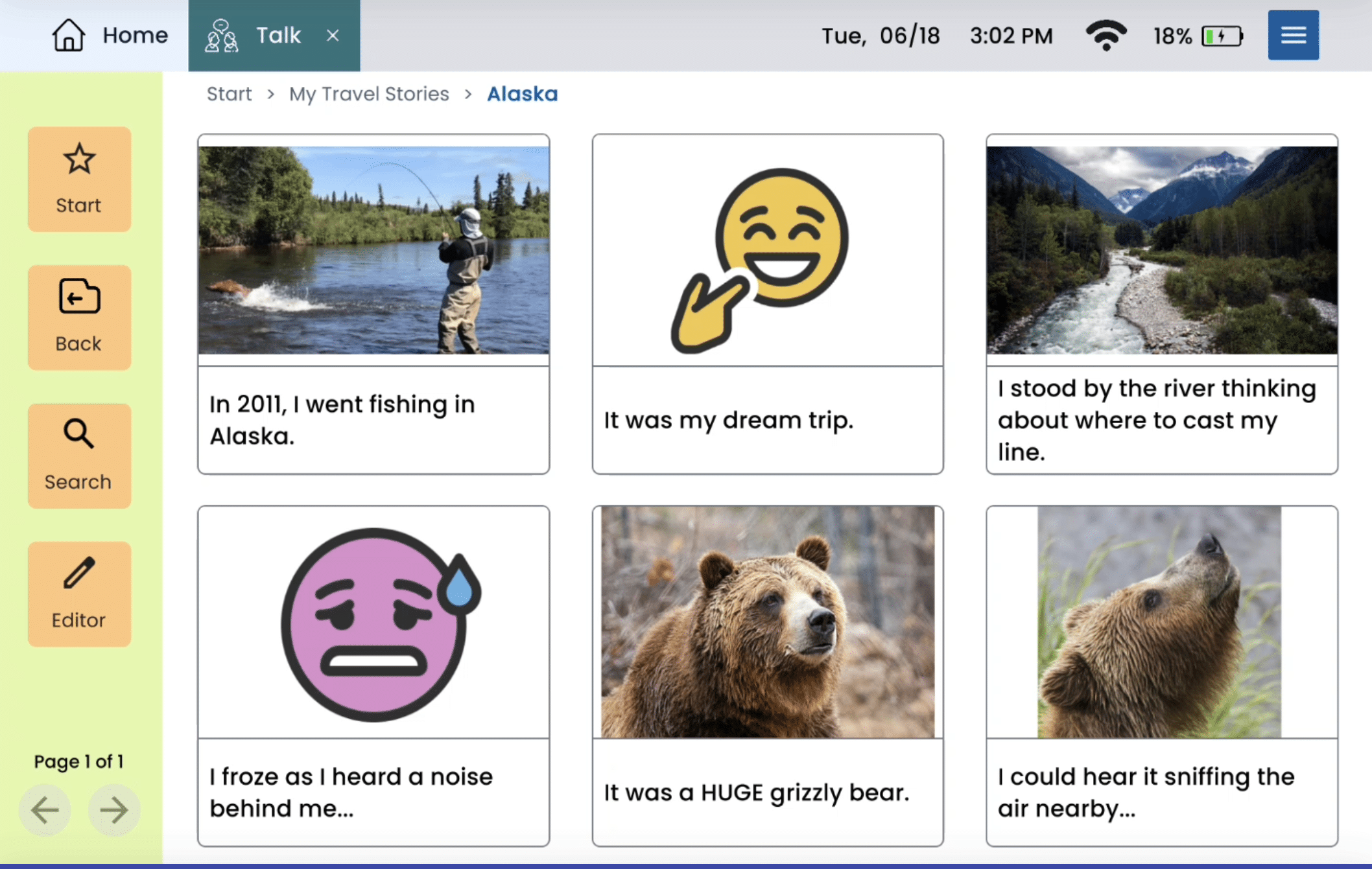Using Client Goals to Provide More Effective Treatment
Published on Jul 17, 2020

Summary of the published article:
Collaborative Goals for Communicative Life Participation in Aphasia: The FOURC Model.
Key Takeaways
- Despite evidence on the importance of person-centered care and client involvement, both SLPs and stroke survivors report that SLPs typically set goals.
- Using the recommended model, clinicians and clients can work together to choose goals and create solutions, while the SLP can guide the treatment plan
- Continued discussion of progress can be reviewed at each therapy session, and goals can be modified by the client or SLP.
Summary
Although clinicians strive to provide person-centered care, both SLPs and stroke survivors report difficulty with client involvement in goal setting. Patients report feeling left out of the process and that goals are “prescribed” to them; SLPs cite a lack of time, passive client attitudes, and the client’s communication impairment as their biggest barriers to collaborative goal setting. However, SLPs as well as people with aphasia report a desire for increased collaboration on goals. Existing research also supports that client involvement increases motivation, satisfaction and engagement with the therapy process.
To overcome some of these barriers, it is the clinician’s role to prioritize collaboration. The article stresses that, although caregiver input is important, it is not a substitute for the client’s own preferences. The authors propose the use of picture cards representing life activities as well as other picture-based materials.
The authors propose a framework for goal-setting based on a general life participation approach and, specifically, the “Living with Aphasia: Framework for Outcome Measurement (A-FROM) model which stresses participation in life, considering personal identity, attitudes and feelings, and understanding the variables of aphasia severity and communicative environment. The proposed FOURC model of goal setting has four steps:
- Choose a communication goal: The SLP’s role is to frame a positive conversation with client. Questions such as “Who are your communication partners? What’s important to you?” can help move the conversation forward. Using picture cards and other visual references will allow the person with aphasia to participate.
- Create Client Solutions: The SLP and client begin to look for solutions together, addressing four key areas:
Skills and Abilities (what can the client already do and capitalize on?)- Intentional Strategies (traditional therapy)
- Environmental Supports (how can the environment be modified to support communication)
- Motivation and Confidence
- Collaborate on a Plan: SLP guides treatment strategies and suggests additional solutions. Family/caregiver input is requested at this stage.
- Complete and Continue: The plan is implemented while continually monitored and revised as needed.
By using this approach, the client is able to identify meaningful goals, while the SLP is able to guide clinical treatment strategies. Each member of the team is able to bring their own expertise and experience to create the best outcomes for the patient.
Incorporating the Research into Clinical Practice with Lingraphica
When using AAC with a client, one of the first things to do is add meaningful and personally relevant icons and topics so that the device can help the user improve their life participation. However, knowing where to start with personalizing, and what is meaningful to a specific client, can be a challenge.
Using the FOURC model for goal setting described in this article is helpful not only for establishing general communication goals, but also for establishing goals and priorities using an AAC device. By framing a positive conversation with your client, you can focus in on what topics should be added to the device right away. For instance, “Who are your communication partners?” will provide a starting point for adding important people; “What do you have in common with them?” will go a step further to be able to add interesting topics to each person’s folder on the device.
The device itself can also be a helpful tool in identifying areas of interest. The researchers used low-tech picture cards in order to engage in a conversation with the clients with aphasia; however, exploring the device together with your patient can also yield a lot of meaningful information. If you aren’t sure where to start, consider opening the device to the page of pre-programmed hobbies and asking your client to point out what they enjoy, or the page of places in the community and ask your client where they go – or where they’d like to go.
By working together to establish goals and identify meaningful topics, you can personalize the AAC device to maximize your client’s motivation and opportunities for life participation.
About Contributor
Lingraphica helps people with speech and language impairments improve their communication, speech, and quality of life. Try a Lingraphica AAC device for free.













